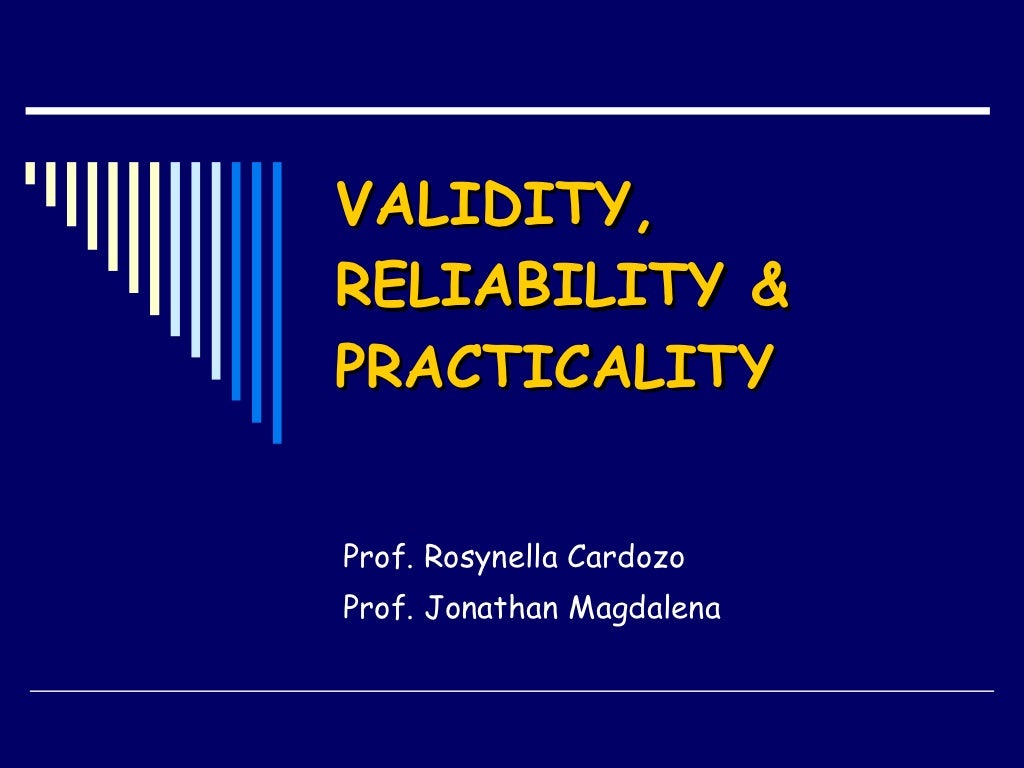
Unfortunately, this also leads to some confusion about the two. If reliability is a part of validity, you can begin to see how the two are related.

Relevance is the degree to which a test pertains to its objectives, described earlier. Validity is dependent on reliability and relevance. Is percent body fat a valid measure of nutrition knowledge? We might assume that people with lower percent body fat have greater knowledge about nutrition which leads to a fitter physique, but that isn’t necessarily true. In order to do so, you test a sample of student’s percent body fat at the rec center. Consider an example where you want to evaluate knowledge on nutrition and eating for healthy lifestyles.

The test is valid if it is measuring what it is supposed to measure. Validity refers to how truthful a score or measure is. If it gives us a similar result every time we test under similar conditions, we can likely say that it is reliable. Consider an example where we are using a new minimally invasive device to measure body composition. Reliability may be referred to as consistency or stability in some circumstances. If we repeat our measure under very similar conditions, we should get a similar result if our data are reliable. Quantitative Analysis in Exercise and Sport ScienceĮxamine reliability and validity data examples in kinesiologyīroadly, reliability refers to how repeatable the score or observations are. Common Areas of Sport Performance Assessment.Main Statistical Tools in Sport Performance Assessment.Why assess sport performance (preparedness)?.Physical Fitness Testing Categories and Examples.Practical Example of Using Questionnaire-Based Data.




 0 kommentar(er)
0 kommentar(er)
